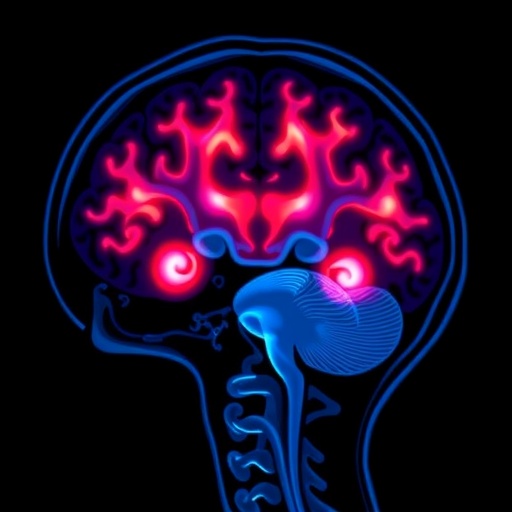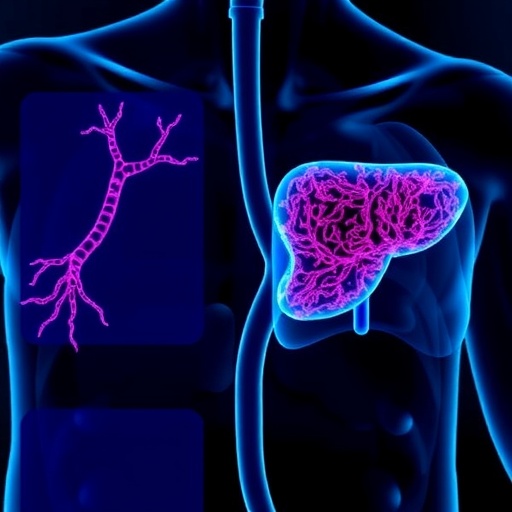The landscape of malignant spinal cord astrocytomas presents one of the most formidable challenges in contemporary neuro-oncology, as these aggressive tumors remain notoriously difficult to treat and are associated with poor prognoses. Recent advances, however, are beginning to change the narrative. Emerging modalities in surgical techniques, radiotherapy, chemotherapy, and innovative targeted therapies collectively form the pillars of modern treatment strategies aimed at improving patient outcomes. This comprehensive review synthesizes current knowledge and sheds light on the transformative approaches revolutionizing the management of these rare but devastating tumors.
Malignant spinal cord astrocytomas, though less common than their intracranial counterparts, impose a disproportionately high burden due to their sensitive anatomical location and the complex interplay of neurological function within the spinal cord. The unique biological behavior of these tumors demands treatments that can not only target the neoplastic cells but simultaneously preserve vital neural structures. Traditional management has often been stymied by the risk of irreversible neurological deficit resulting from aggressive resection, highlighting the importance of multidisciplinary coordination in formulating patient-specific therapeutic plans.
Surgical intervention remains the cornerstone of initial management, with the primary intent to achieve maximal safe resection. Advances in microsurgical techniques, intraoperative neurophysiological monitoring, and the refinement of imaging modalities such as high-resolution MRI have substantially enhanced the ability to delineate tumor margins with precision. Despite these improvements, complete resection is often unfeasible due to tumor infiltration into critical spinal cord pathways, necessitating adjunct treatments to control residual disease.
.adsslot_wGXlCYUkNA{width:728px !important;height:90px !important;}
@media(max-width:1199px){ .adsslot_wGXlCYUkNA{width:468px !important;height:60px !important;}
}
@media(max-width:767px){ .adsslot_wGXlCYUkNA{width:320px !important;height:50px !important;}
}
ADVERTISEMENT
Radiotherapy, historically approached cautiously because of the spinal cord’s inherent radiation sensitivity, has seen notable advancements through the development of conformal techniques and stereotactic body radiotherapy (SBRT). These innovations allow for high-dose delivery to the tumor volume while sparing adjacent healthy tissue, thereby optimizing the therapeutic ratio. Contemporary protocols are investigating fractionation schedules that balance efficacy against toxicity, offering hope for sustained local control of malignant lesions without significant neurologic compromise.
Chemotherapy’s role in spinal cord astrocytomas has evolved, driven by a deeper understanding of tumor biology and molecular profiles. Agents such as temozolomide have been explored extensively, demonstrating variable responses dependent on tumor grade and genetic markers. The integration of chemotherapeutic regimens with radiation protocols signifies a synergistic approach aimed at enhancing radiosensitivity and tackling microscopic disease spread, which is critical given the infiltrative nature of these tumors.
Molecular characterization has ushered in an era of targeted therapy, with particular attention paid to mutations and pathways driving tumorigenesis. Targets within signaling cascades such as the PI3K/AKT/mTOR pathway, epidermal growth factor receptor (EGFR) amplification, and mutations in tumor suppressor genes are being therapeutically exploited. Agents designed to disrupt these molecular aberrations hold promise as adjunctive treatments, especially for high-grade astrocytomas refractory to conventional modalities.
Immunotherapy, a breakthrough in oncology broadly, is progressively being tailored for spinal cord astrocytomas. Harnessing the patient’s immune system to identify and eradicate tumor cells is an exhilarating frontier. Checkpoint inhibitors, vaccine therapies, and adoptive T-cell transfer are in various stages of preclinical and clinical evaluation, with some early reports indicating potential benefits. The central nervous system’s immune-privileged status presents unique challenges, yet overcoming these barriers could unlock unprecedented treatment possibilities.
The integration of advanced imaging techniques, such as diffusion tensor imaging and functional MRI, provides not only diagnostic insights but also plays a pivotal role in treatment planning and response assessment. These technologies enable visualization of white matter tracts and functional regions, guiding surgeons and radiation oncologists to minimize collateral damage and monitor therapeutic efficacy over time. Coupled with real-time intraoperative imaging, they represent an essential nexus between diagnostics and intervention.
Clinical trials remain the engine driving innovation and refinement in this domain. Enrollment in multicenter studies facilitates the collection of robust data necessary to establish evidence-based guidelines. These trials increasingly emphasize quality of life and neurological function as primary endpoints, recognizing that extending survival must coincide with preserving patient independence and well-being. Collaboration across neurological, oncological, and rehabilitation specialties is vital to achieving holistic care.
The psychosocial impact of malignant spinal cord astrocytomas cannot be overstated. Patients and families face significant emotional and physical burdens, and recent treatment paradigms incorporate supportive care services early in the clinical trajectory. Integrative approaches addressing pain management, mobility, psychosocial support, and rehabilitation are essential complements to tumor-directed therapies and contribute substantially to improving life quality.
Precision medicine’s role in spinal cord tumor management is progressively refined through genomic and proteomic profiling. Tailoring interventions based on individual tumor characteristics transcends the one-size-fits-all paradigm, aiming to maximize therapeutic benefit while minimizing adverse effects. Biopsies, liquid biopsies, and circulating tumor DNA analyses are potential tools that facilitate this individualized approach, enabling dynamic monitoring and adjustment of treatment strategies.
However, significant challenges remain. The blood-spinal cord barrier limits drug delivery, impeding therapeutic concentrations of systemic agents from reaching intramedullary tumors. Researchers are exploring innovative delivery methods such as intrathecal administration, convection-enhanced delivery, and nanoparticles to circumvent this obstacle. Overcoming these pharmacokinetic barriers is critical for the success of systemic and targeted therapies.
Long-term surveillance protocols are under constant evolution to detect recurrences and late effects of treatment. Advanced neuroimaging and clinical assessments are standardized to ensure timely interventions and mitigate irreversible neurological deficits. Survivorship programs increasingly recognize the need for lifelong monitoring, encompassing not only tumor control but also neurocognitive and functional status.
The future trajectory of managing malignant spinal cord astrocytomas is intrinsically tied to technological and biological innovation. Artificial intelligence and machine learning approaches hold potential for enhancing diagnostic accuracy, prognostic modeling, and treatment planning. Integration of big data analytics with clinical and molecular information could revolutionize personalized care strategies.
In summary, the modern treatment landscape for malignant spinal cord astrocytomas is characterized by multidisciplinary synergy, technological sophistication, and a rapidly expanding therapeutic arsenal. While these tumors remain formidable, the confluence of surgical precision, advanced radiotherapy, chemotherapeutic evolution, molecular targeting, immunotherapy, and supportive care is progressively transforming outcomes. Continued research, collaboration, and patient-centered innovation are paramount to overcoming the inherent challenges posed by these devastating neoplasms.
Subject of Research: Malignant spinal cord astrocytomas and their contemporary treatment modalities
Article Title: Modern treatment of malignant spinal cord astrocytomas: a review article
Article References:
Shao, X., Fang, X., Liu, P. et al. Modern treatment of malignant spinal cord astrocytomas: a review article. Med Oncol 42, 369 (2025). https://doi.org/10.1007/s12032-025-02915-x
Image Credits: AI Generated
Tags: advancements in neuro-oncologychemotherapy for malignant astrocytomasimaging modalities in spinal surgeryimproving patient outcomes in neuro-oncologyintraoperative neurophysiological monitoringmalignant spinal cord astrocytomasmodern treatment strategies for spinal tumorsmultidisciplinary approach in cancer managementpreserving neurological function in tumor treatmentradiotherapy advancements in cancer treatmentsurgical techniques for astrocytomastargeted therapies for spinal tumors





